Workout Plan Samples
-
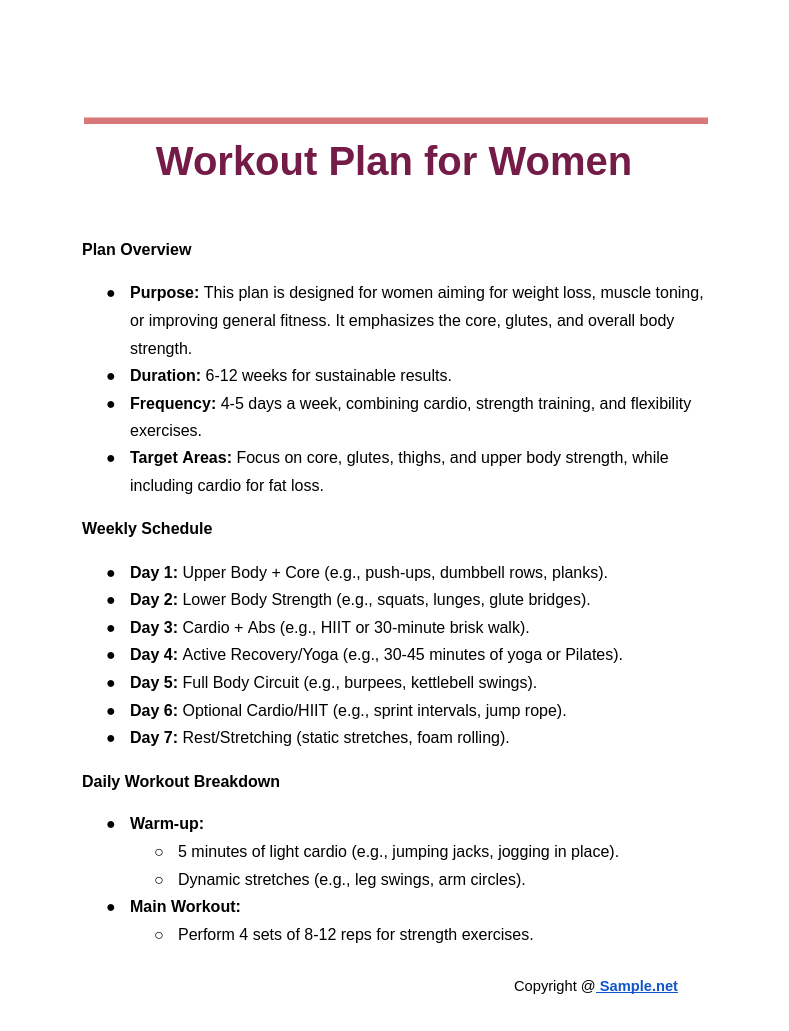
Workout Plan for Women
download now -

Workout Plan for Muscle Gain
download now -
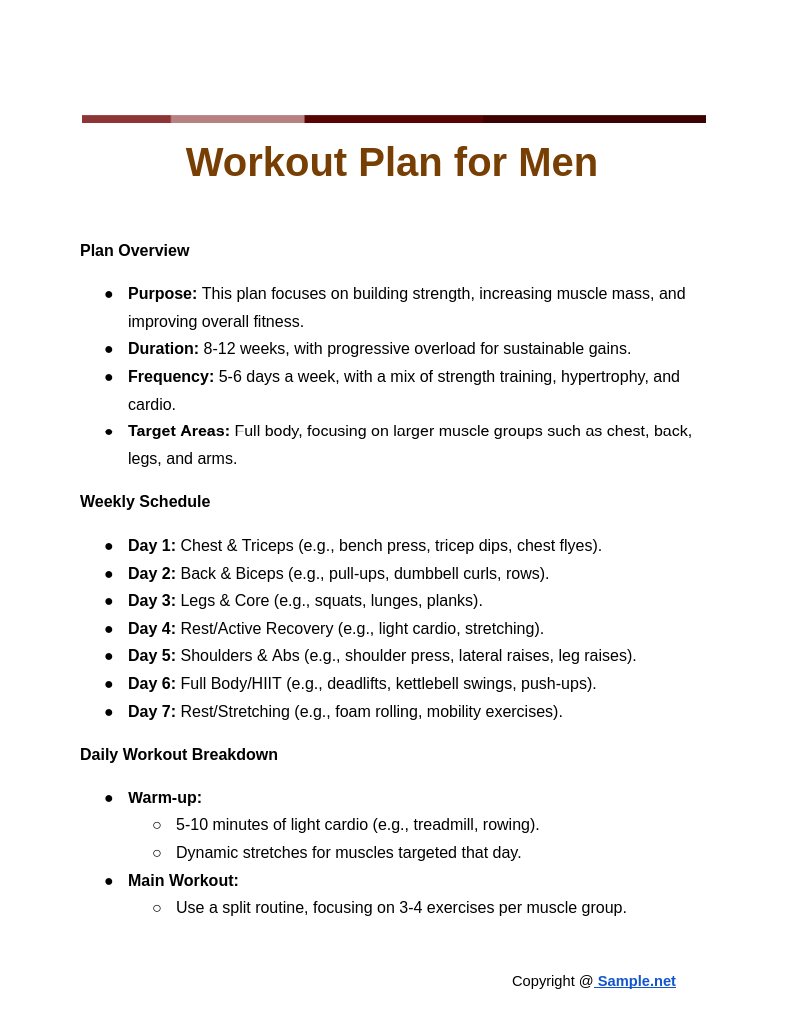
Workout Plan for Men
download now -
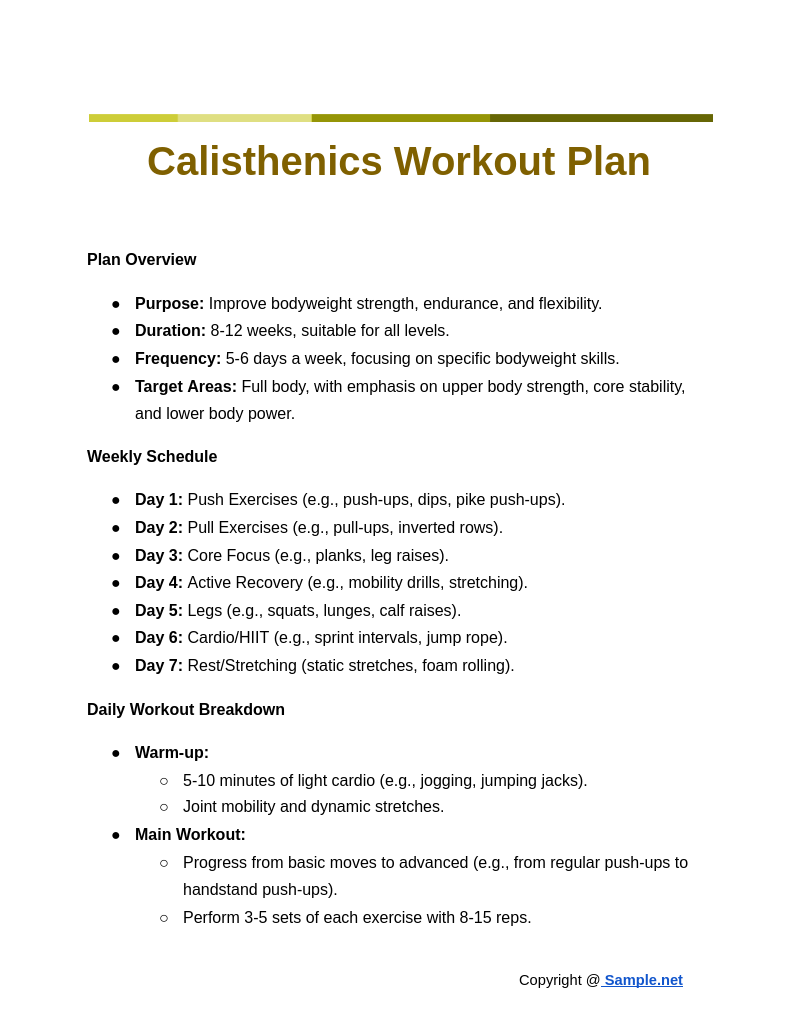
Calisthenics Workout Plan
download now -

Workout Planner Template
download now -
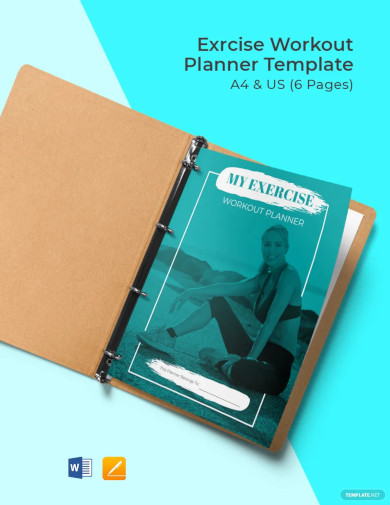
Exercise Workout Planner Template
download now -
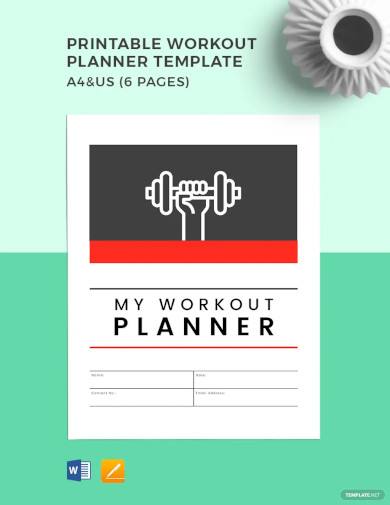
Printable Workout Planner Template
download now -
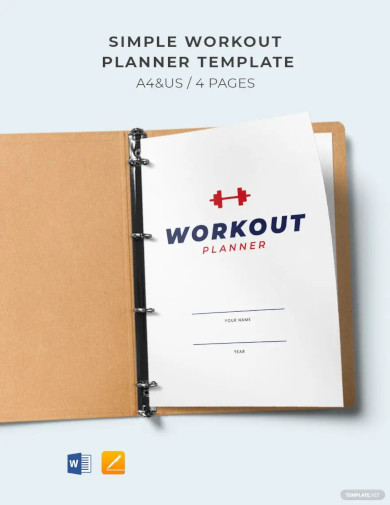
Simple Workout Planner Template
download now -
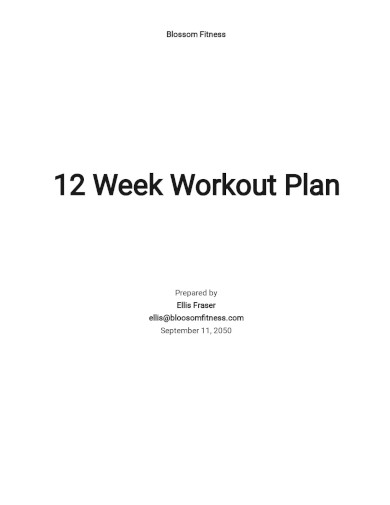
12 Week Workout Plan Template
download now -
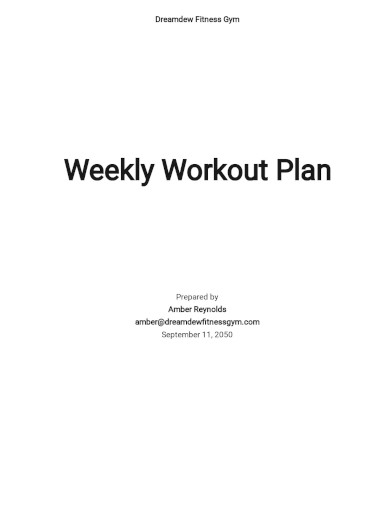
Weekly Workout Plan Template
download now -

Exercise Workout Plan Template
download now -
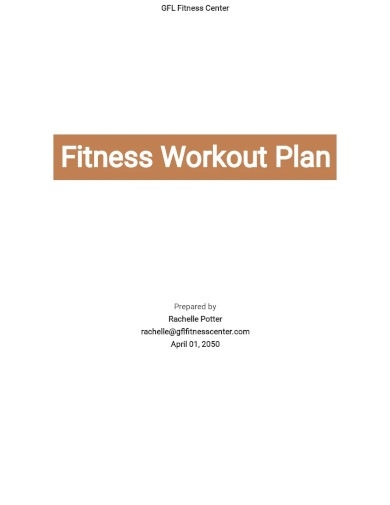
Fitness Workout Plan Template
download now -
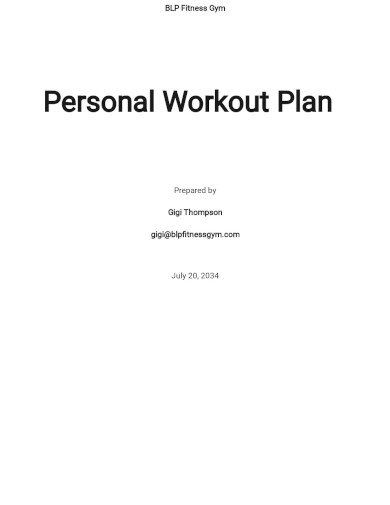
Personal Workout Plan Template
download now -
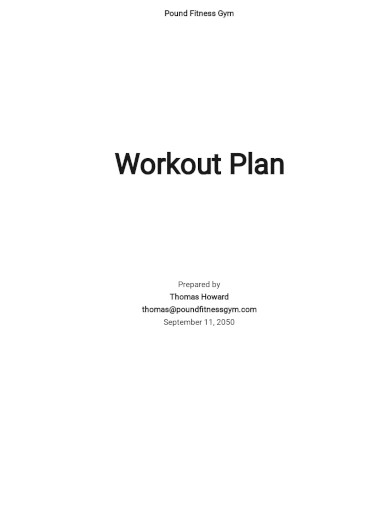
Blank Workout Plan Template
download now -
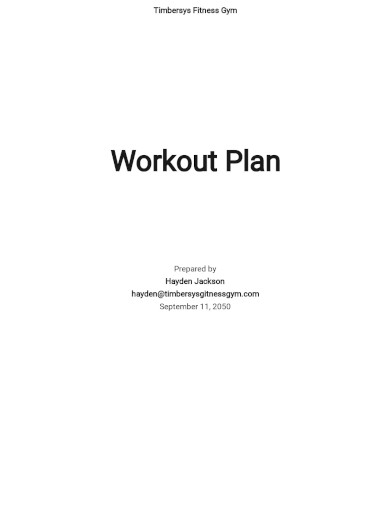
Sample Workout Plan Template
download now -
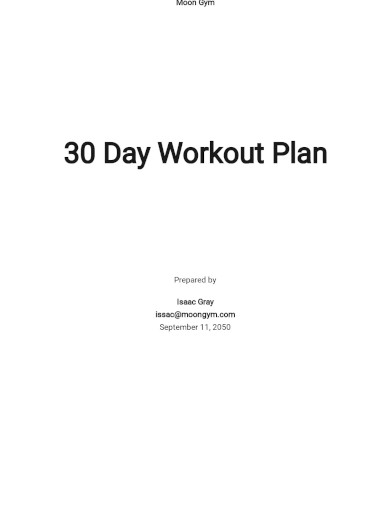
30 Day Workout Plan Template
download now -
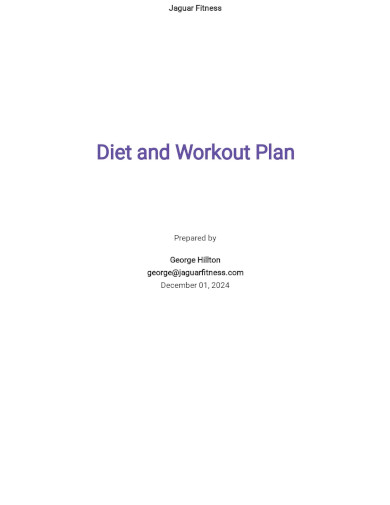
Diet and Workout Plan Template
download now -
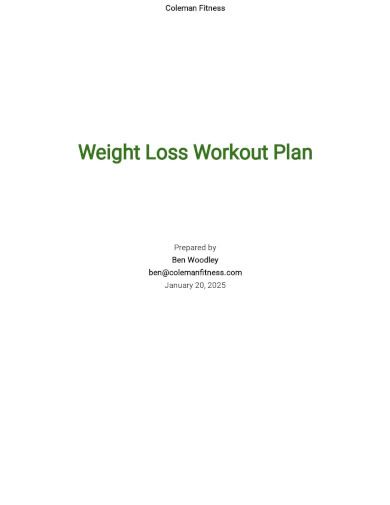
Weight Loss Workout Plan Template
download now -
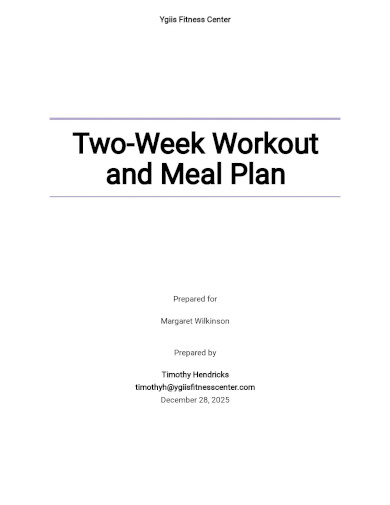
Two Week Workout And Meal Plan Template
download now -
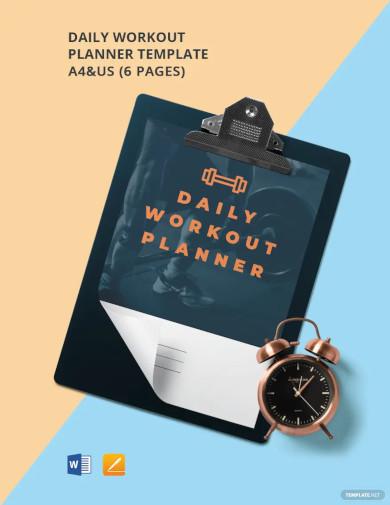
Daily Workout Planner Template
download now -
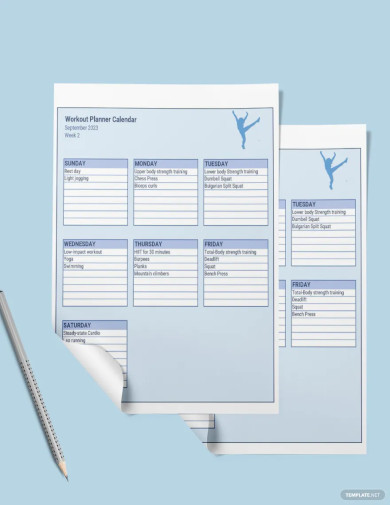
Workout Planner Calendar
download now -

Sample Workout Plan Template
download now -
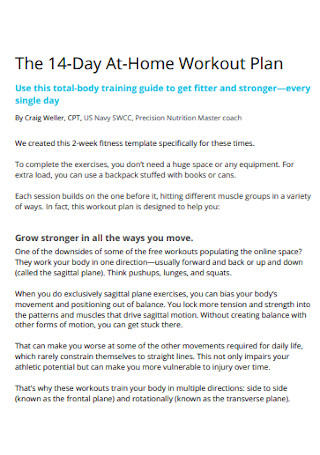
Home Muscle Building Workout Plan
download now -
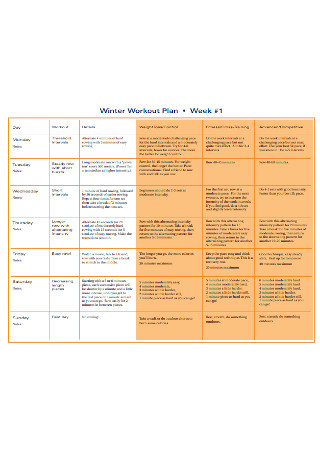
Winter Full Body Workout Plan
download now -
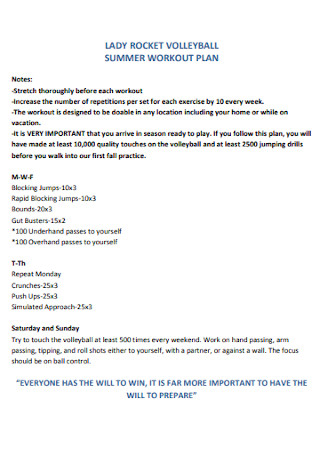
Female Summer Workout Plan
download now -
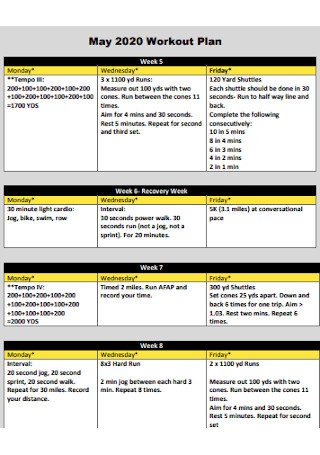
Month Workout Plan
download now -
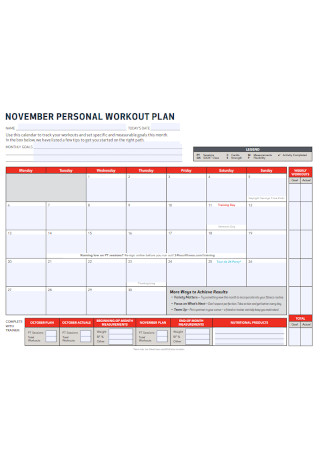
Personal 30 Day Workout Plan
download now -
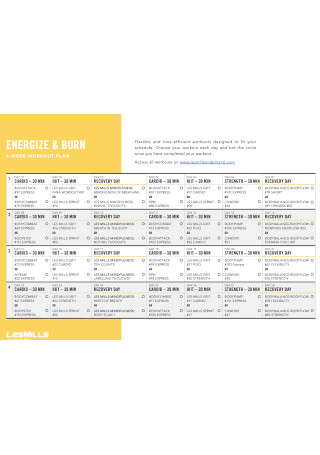
Four Weeks Strength Training Workout Plan
download now -
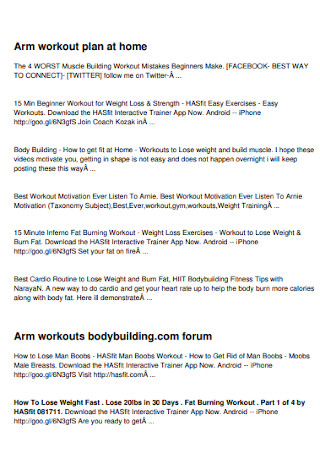
7 Day Workout Plan at Home
download now -
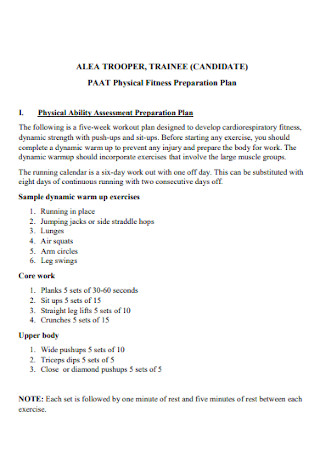
Physical Cardio Fitness Preparation Plan
download now -
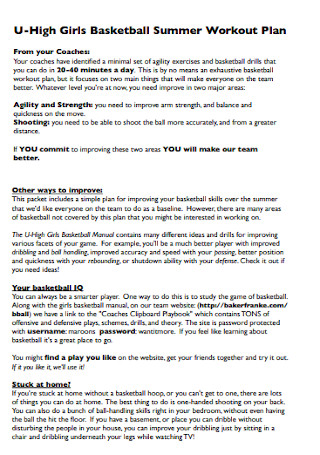
Build Muscle Workout Plan
download now -
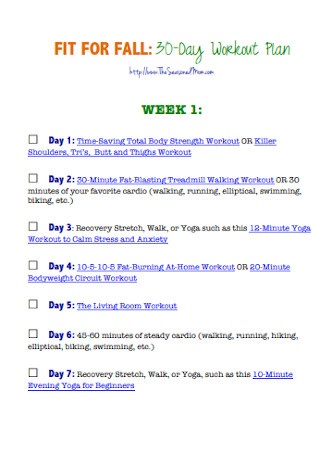
Sample Monthly Weight Lifting Workout Plan
download now -
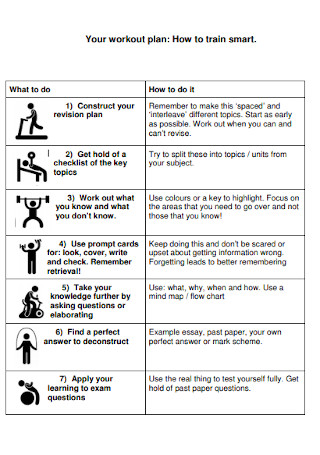
Basic BodyBuilding Workout Plan
download now -
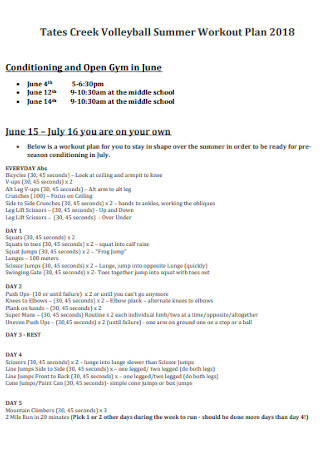
Bodyweight Workout Plan
download now -
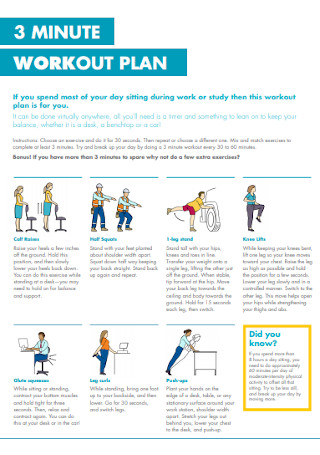
Three Minute Male Workout Plan
download now -
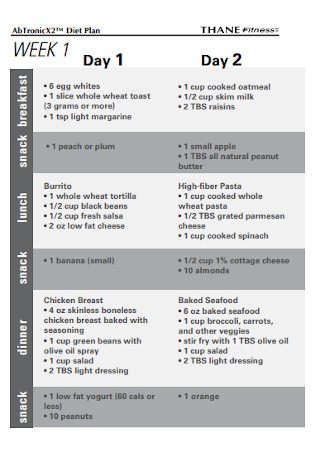
Daily Diet Workout Plan
download now -
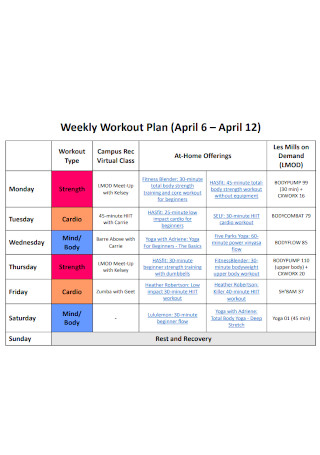
Weekly Upper Body Workout Plan
download now -
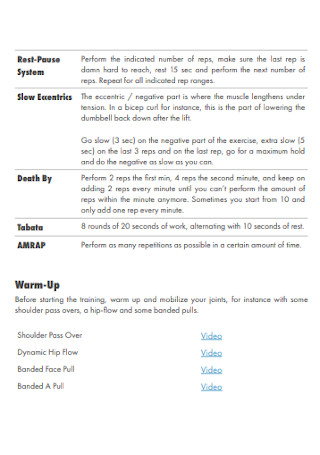
Gym Exercise Workout Plan
download now -
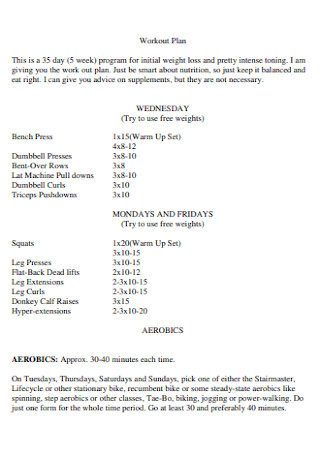
Standard Workout Plan Template
download now -
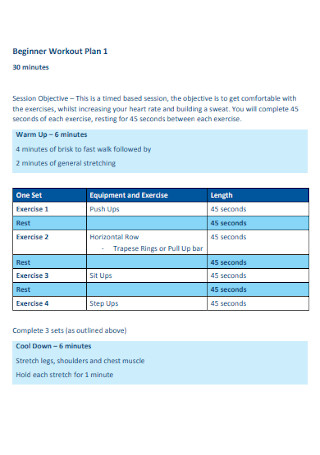
Beginner Workout Plan
download now -
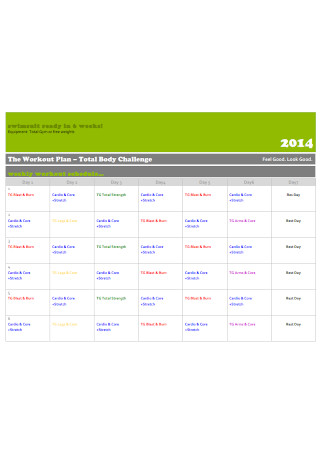
Body Workout Plan Template
download now -
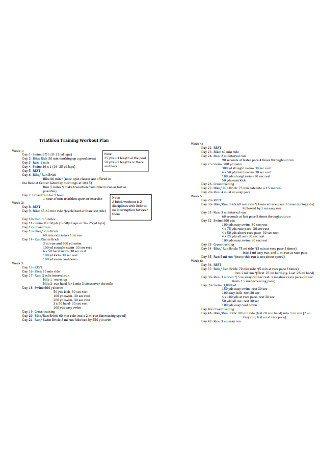
Triathlon Training Workout Plan
download now -
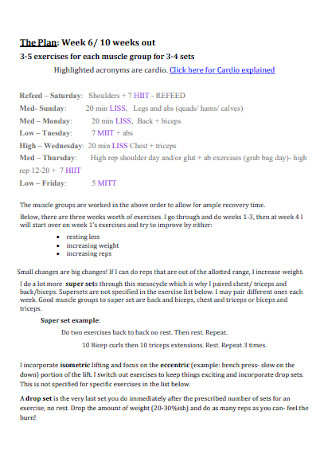
Cut Phase Workout Plan
download now -
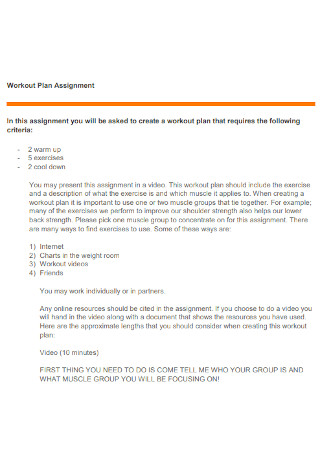
Workout Assignment Plan Template
download now -
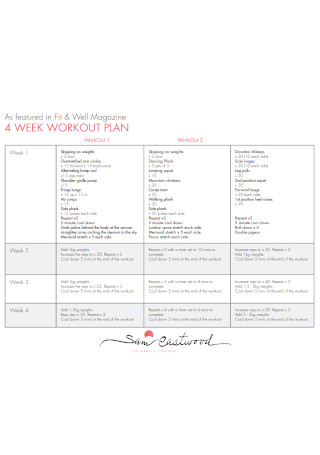
Four Week Workout Plan
download now -
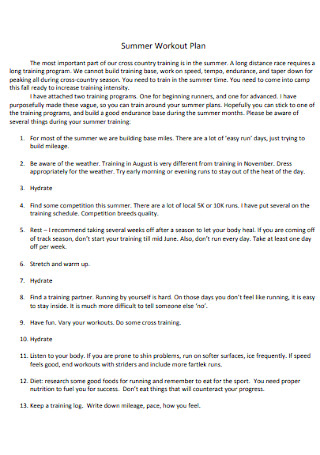
Basic Summer Workout Plan
download now -

Weight Loss Workout Plan Template
download now -
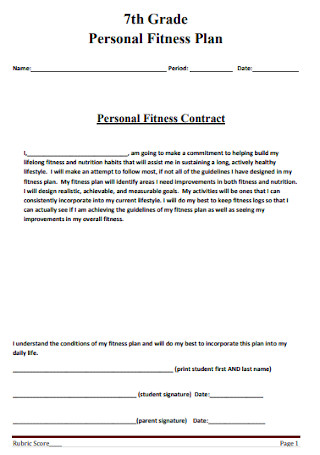
Personal Fitness Plan
download now -
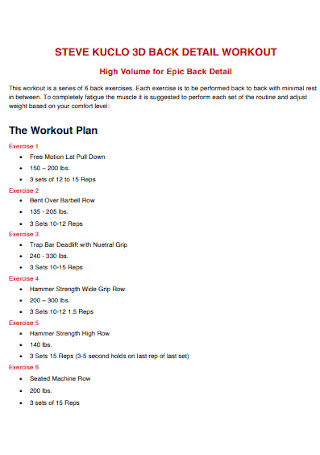
Workout Details Plan Template
download now -
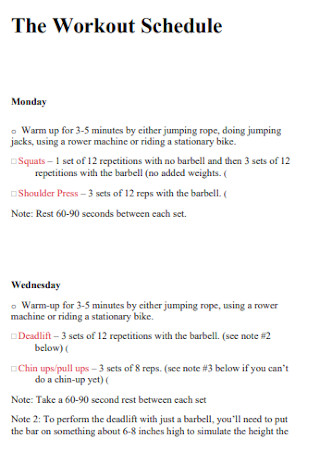
Workout Schedule Plan
download now -
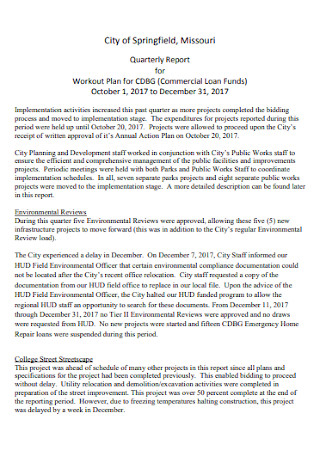
Quarterly Report for Workout Plan
download now -

Lazy Girl Workout Plan
download now -
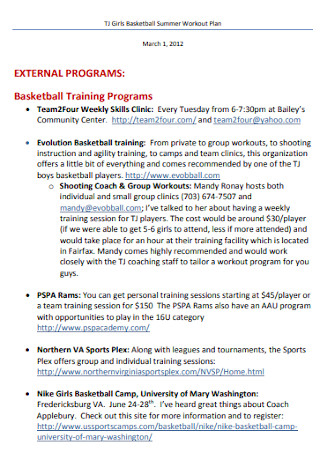
Girls Basketball Summer Workout Plan
download now -
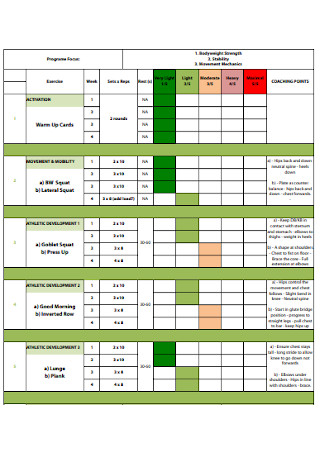
Scholars Workout Plan
download now -
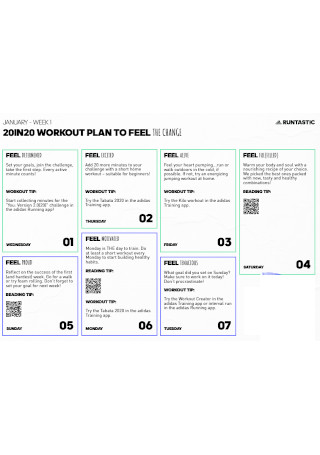
Simple Workout Plan Template
download now -

Workout Meal Plan
download now -

Personal Workout Plan Template
download now -
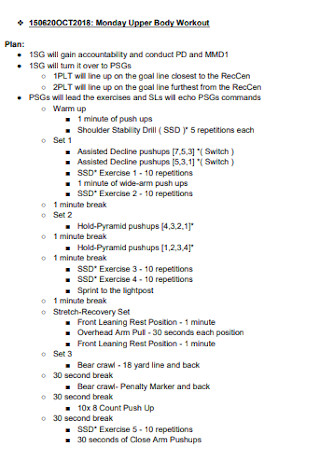
Sample Body Workout Plan Template
download now -

Formal Workout Plan Template
download now -
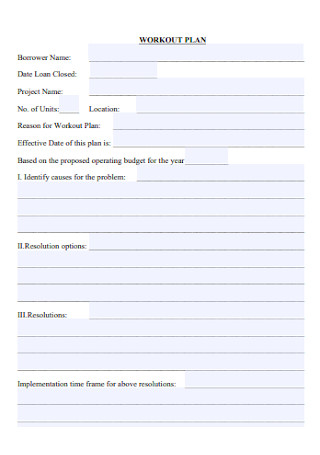
Workout Plan Format
download now -
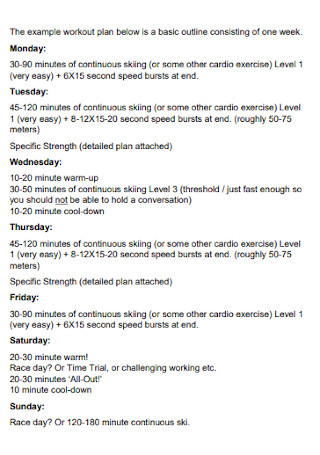
Week Workout Plan Example
download now -
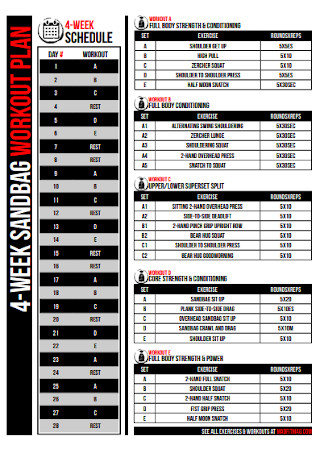
Printable Workout Plan Template
download now
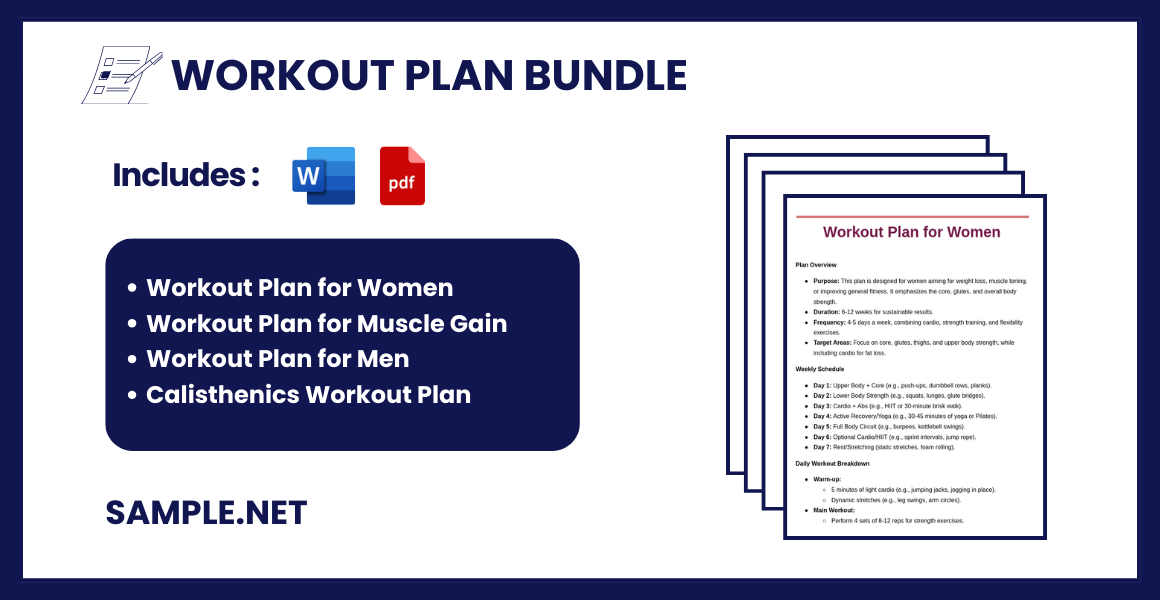
Workout Plan Format
1. Plan Overview
- Purpose: Define the goal of the workout plan (e.g., weight loss, muscle gain, endurance).
- Duration: Specify the time frame (e.g., 4 weeks, 8 weeks).
- Frequency: Mention the number of days per week (e.g., 3 days, 5 days).
- Target Areas: Highlight specific muscle groups or fitness areas (e.g., full body, upper body, cardio focus).
2. Weekly Schedule
- Day 1: [e.g., Upper Body Strength]
- Day 2: [e.g., Cardio + Abs]
- Day 3: [e.g., Lower Body Strength]
- Day 4: [e.g., Rest/Active Recovery]
- Day 5: [e.g., Full Body Circuit]
- Day 6: [e.g., Yoga/Stretching]
- Day 7: [e.g., Rest/Optional Cardio]
3. Daily Workout Breakdown
- Warm-up (5-10 minutes):
- Light cardio (e.g., jogging, cycling).
- Dynamic stretches (e.g., leg swings, arm circles).
- Main Workout (30-45 minutes):
- Exercises:
- Exercise 1: [Name] – [Sets x Reps] – [Rest Time]
- Exercise 2: [Name] – [Sets x Reps] – [Rest Time]
- Exercise 3: [Name] – [Sets x Reps] – [Rest Time]
- Continue as needed based on workout focus.
- Exercises:
- Cooldown (5-10 minutes):
- Static stretches (e.g., hamstring stretch, calf stretch).
- Deep breathing exercises.
4. Tracking Progress
- Weekly Check-ins:
- Weight measurements
- Body measurements (e.g., waist, arms, thighs)
- Performance metrics (e.g., endurance, strength).
- Visual Progress:
- Take photos at the start, midpoint, and end.
- Journal Entries:
- Track energy levels, mood, and overall progress daily.
5. Nutrition & Hydration Tips
- Recommended daily calorie intake.
- Macronutrient breakdown (e.g., protein, carbs, fats).
- Hydration goal (e.g., 2-3 liters of water daily).
- Sample meal suggestions or meal timing.
6. Additional Recommendations
- Recovery Tips: Foam rolling, massages, or hot baths.
- Sleep: Aim for 7-9 hours of quality sleep.
- Supplements: Optional (e.g., protein, multivitamins).
7. Motivation & Mindset
- Weekly motivational quotes.
- Visual reminders (e.g., vision board, progress calendar).
What Is a Workout Plan?
A workout plan is a structured routine outlining exercises, sets, reps, and rest periods to achieve fitness goals. You can also see more on Workout Chart.
It is anyone’s dream to be physically fit and healthy at the same time, but some people do poorly in doing so. Simple as it may be, a workout refers to any session involving physical training and exercise. Visualize those exercises, and you can think about jogging, lifting weights, swimming?—you name it. But, doing those practices endlessly without any restriction or improvement is not enough. This reason is why planning is necessary for dealing with your fitness and health goals. When planning comes to play, there is a strategic plan regarding how you wish your body transforms afterward. Therefore, a workout plan refers to a well-thought-out exercise guide that aims to boost one’s physical ability and performance on a timely basis.
A 2013 study concluded that around 80% of American adults do not receive the right amount of exercise per week.
Meanwhile, Shape.com referenced to Timex’s survey about how 73% of the US citizens work out at least once or many times every week.
On the other hand, the Centers for Disease Control and Prevention’s National Center for Health Statistics confirmed that approximately 23% of Americans receive the recommended amount of exercise in 2018.
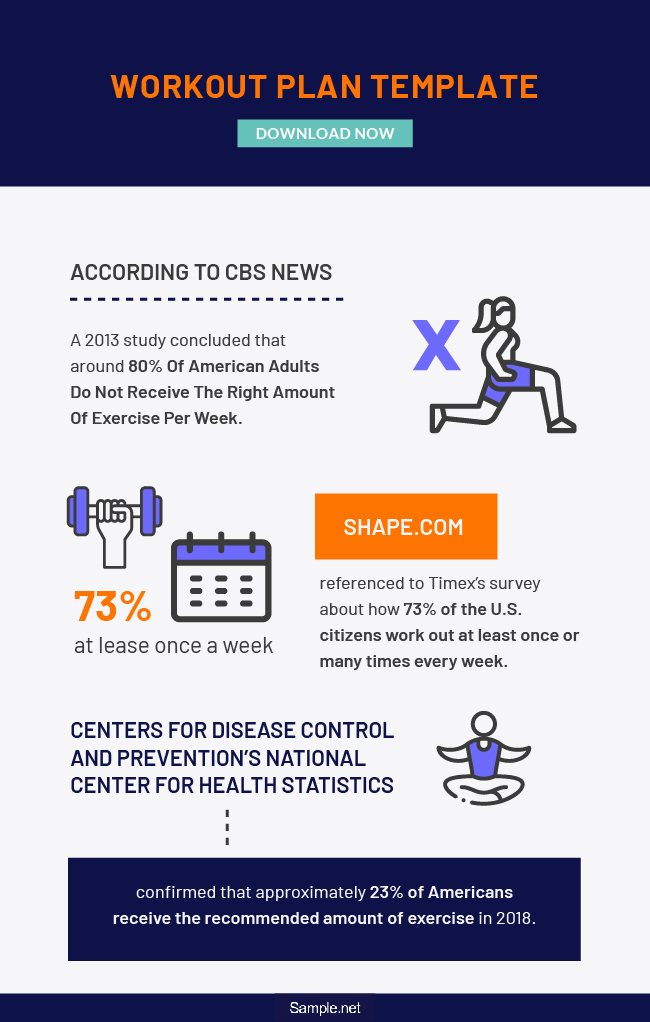
Workout Plans: Why Are They Essential?
Have you thought about why you still need a workout plan when you can just proceed to utilize your gym membership in any way you want? Think for a second. How sure are you that lifting dumbbells is the recommended exercise for you? Maybe you exercised with improper form, or perhaps the dumbbells’ weight is appropriate for you just yet. More so, how often do you need to lift? Instead of dealing with uncertainties, delving into a workout plan can boost your success rate. Hence, workout plans are essential to succeed in your body goal. You can also see more on Diet Plan.
Aside from improving your chances of being fit, having a plan helps you find time to exercise despite having other obligations. Indeed, anyone can have a busy schedule. But, that does not mean being busy is your excuse to prevent exercising. Planning involves scheduling, too, meaning there is always a short amount of time to insert your workout routine. Questions like when, where, and how to work out will be answered in a plan anyway. Furthermore, you cannot deny the fact that trainers are quite expensive, so at least a personal workout-at-home plan is a cost-effective remedy. Even a beginner can come up with a well-designed and smart program when appropriately guided.
Exercises and Workouts: How It Started
Besides recognizing the plan’s importance, do not ignore the relevance of an exercise or workout too. Looking back from how essential exercising is can even be traced back from ancient Greece in 600 B.C. At that time, exercise was built for the sake of training, especially in boosting strength, endurance, and speed. It was necessary as soldiers from the Greeks and Spartans underwent vigorous bodybuilding practices until they became fit for battle. More so, its military purpose changed as those who competed in the first-ever Olympic Games experienced similar training. Moving to the early 1800s, the men with the well-formed muscular physique already joined in carnivals and circuses. With more men looking toned, many people desired to look the part as well. Thus, many men, including women, wanted to engage in bodybuilding programs to achieve the best versions of their physique. You can also see more on Workout Logs.
Move forward to the mid 20th century, exercising became associated with health and fitness already. Cardio workouts and other exercises were studied until people realized that such practices are beneficial for a longer and healthier life. Along with the right diet and food log, workouts were built to live a healthier lifestyle. Nowadays, you see a lot in the media of medical experts, celebrities, and models who promote a positive lifestyle with workouts. Thus, it triggers people to join as well to look the part by keeping a flat stomach, lean muscle, or any other goal. Why is this brief history necessary? Simple—to be inspired in working out again. The same goes for being ready to make an effective plan since how vital exercising is has been refreshed to your mind. You can also see more on Gym Business Plan.
The Key Elements of a Workout Plan
Already inspired to begin designing your new workout program? Good, but hold your horses for the moment. Recognize what elements must be observed in your plan first. Otherwise, chances are a poor and ineffective workout plan would be the endgame. By considering these facets in your program, rest assured you expect a much better outcome after following your routine rigidly. You can also see more on Exercise Charts. Without further ado, here are the elements of a workout plan:
How to Create a Workout Plan?
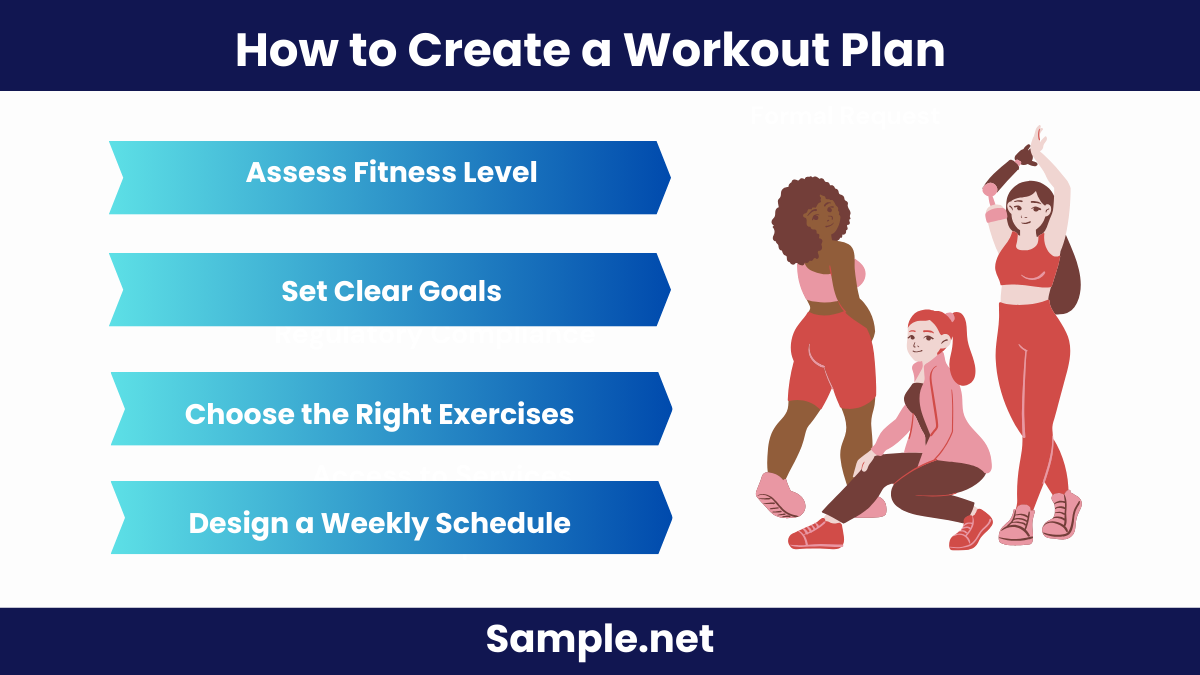
1. Assess Fitness Level
Start by evaluating your current fitness level. Consider factors like stamina, strength, flexibility, and any medical concerns. This will help you create a plan that’s safe and achievable.
2. Set Clear Goals
Define specific fitness goals such as weight loss, muscle gain, or increased stamina. Setting clear goals provides direction and motivation, ensuring your plan remains focused and effective.
3. Choose the Right Exercises
Select exercises that align with your goals. For strength, focus on weight training; for cardio, choose running or cycling. Include a mix of exercises to target different muscle groups.
4. Design a Weekly Schedule
Allocate days for specific workouts like upper body, lower body, cardio, and rest. A balanced schedule prevents overtraining and allows muscles to recover.
5. Track Progress
Record your workouts, sets, reps, and performance. Regularly tracking progress helps you adjust the plan based on results and maintain motivation.
A well-designed workout plan is crucial for achieving fitness goals, maintaining consistency, and preventing injuries. It allows you to focus on specific fitness areas and track progress effectively. By setting clear goals and choosing the right exercises, a workout plan becomes an indispensable tool in your fitness journey, fostering long-term success and a healthier lifestyle. You can also see more on Daily Work Plan.
FAQs
Can I get in shape for just 30 days?
A whole month may pass by too quickly, but by being focused and consistent with a workout plan, impressive results can follow. It is impossible just to expect weight loss or the body you desire for 24 hours, but you can eventually see a difference after a month. After putting careful planning and management to your routine, rest assured you make up an effective strategy. Be strict in observing those tasks, especially if you have no trainer to remind you of doing so.
Should I do cardio daily?
There is no need to engage in cardio every single day. Although some people have no issue behind cardio exercises daily, it does not mean that such practice is required for everybody. But if you can, a 30-minute cardio per day can certainly help in maintaining a healthy body.
Is it bad to head to the gym daily?
Working out daily in a gym is not exactly wrong. You can increase your chances of slimming down or bulking up by being consistent. However, you cannot forget to take a break too. Even though your gym membership card allows you to have access to the gym anytime, the body also requires some rest. And as mentioned earlier, engage in active recovery after your break to be prepared with the intense physical work again.
